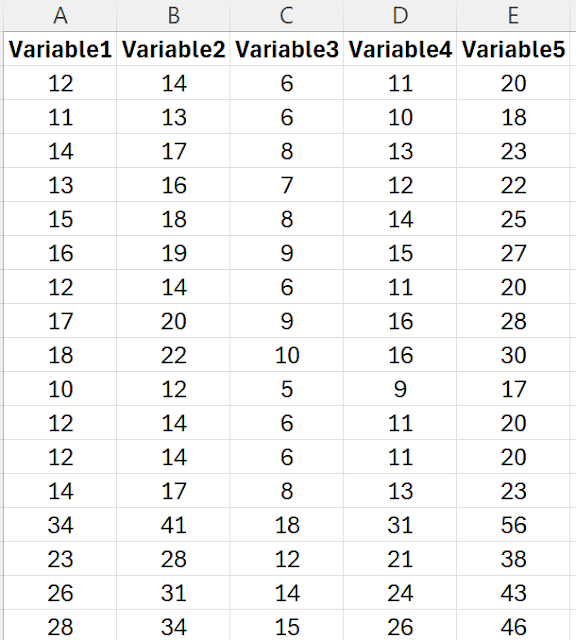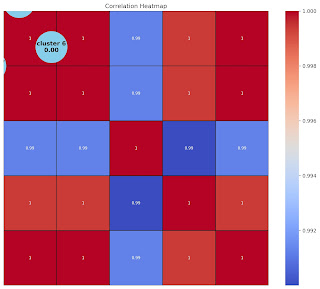Spearman Rank Correlation Analysis using Agri Analyze
The blog is about Spearman Rank Correlation theory, when to use, calculation along with formulas, testing its significance, solved example and step by step guide for Agri Analyze (Reading time 10 mins)
Correlation is a statistical measure that quantifies the strength and direction of the relationship between two variables. For example, it can be used to assess whether there is a connection between the heights of fathers and their sons.
There are two primary types of correlation analysis:
- Parametric Correlation: This method, often using Pearson's correlation coefficient (r), measures the linear relationship between numerical variables. It assumes a specific distribution of the data.
- Non-Parametric Correlation: Employing techniques like Kendall's tau or Spearman's rho, these methods analyze the relationship between variables based on their ranks rather than their actual values. They are suitable for categorical data or ordinal (rank) data and do not require assumptions about data distribution.
One of the key assumptions in
correlation analysis is that both variables being studied are normally
distributed. If at least one of the variables follows a normal distribution,
linear correlation can still be used. However, if neither variable is normally
distributed, the linear correlation method is not appropriate. In such
situations, rank correlation should be utilized instead.
There are two distinct methods for
computing rank correlation: Spearman's rank correlation and Kendall's tau. Both
methods can be applied to the same dataset. Numerically, Spearman's rank
correlation typically yields higher values than Kendall's tau. However, both
methods generally produce nearly identical inferences, so there is no
compelling reason to favor one over the other. Spearman's rank correlation is
more widely used due to its computational simplicity.
Spearman's rank correlation is
sometimes called











Comments